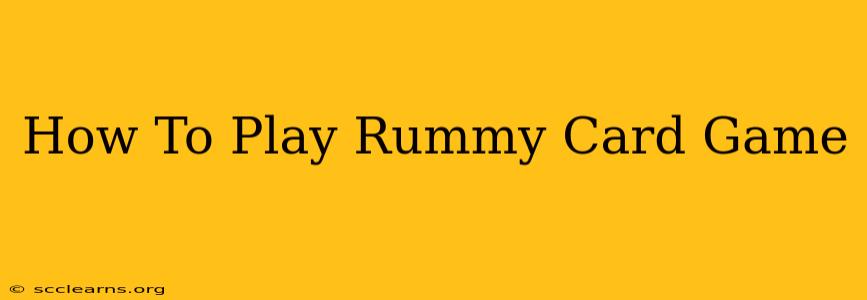Rummy, a captivating card game enjoyed worldwide, blends strategy, skill, and a dash of luck. Whether you're a seasoned player or a curious newcomer, this comprehensive guide will equip you with the knowledge to master the art of Rummy. We'll cover the rules, variations, and strategies to help you win more games.
Understanding the Basics of Rummy
Rummy's core objective is to meld your cards into sets and runs, ultimately discarding all cards in your hand. Let's break down the essential components:
The Deck and Cards:
A standard 52-card deck is used, typically excluding Jokers (though some variations include them). Each card holds a numerical value: Ace (1 or 11), numbered cards (2-10 at face value), Jack, Queen, and King (all worth 10).
Sets and Runs:
To win, you must create combinations of cards called sets and runs:
- Sets: Three or four cards of the same rank, but different suits (e.g., 3♥, 3♦, 3♣).
- Runs: Three or more cards of the same suit, in consecutive order (e.g., 5♥, 6♥, 7♥).
Gameplay Overview:
-
Dealing: The dealer distributes cards to each player (typically 10-13 cards, depending on the variation). The remaining cards form the stock pile, face down. The top card of the stock pile is turned face up to start the discard pile.
-
Drawing: Players take turns drawing a card, either from the stock pile or the discard pile.
-
Discarding: After drawing, each player must discard one card onto the discard pile.
-
Melding: Players reveal their sets and runs when they have a complete combination.
-
Winning: The first player to meld all their cards wins the round.
Popular Rummy Variations
While the core gameplay remains consistent, various Rummy variations exist, each with its unique twist:
1. Gin Rummy:
Gin Rummy is a fast-paced version where players aim to get rid of all cards in their hands. It emphasizes strategic discarding and shrewd picking from the discard pile.
2. Indian Rummy:
A popular version in India, it involves forming sequences and sets to score points. The inclusion of Jokers adds an element of flexibility and strategic depth.
3. Canasta:
Canasta uses two decks of cards and focuses on forming melds with seven or more cards of the same rank. It’s a high-scoring, fast-paced game.
Strategies for Winning at Rummy
While luck plays a role, strategic play significantly increases your chances of winning:
- Observe your opponents: Pay attention to discarded cards to infer their hand combinations.
- Strategic discarding: Discard cards that are least likely to be useful in forming sets or runs.
- Prioritize melds: Aim to create melds early on to reduce your hand size.
- Manage your stock pile: Be cautious when drawing from the discard pile, considering the risk versus reward.
- Learn from your mistakes: Every game presents a learning opportunity; analyze your plays to improve your strategy.
Mastering the Art of Rummy
Rummy isn't just about memorizing rules; it's about developing intuitive gameplay and anticipating your opponent's moves. Practice makes perfect, so start playing and hone your skills. With dedication and strategic thinking, you'll soon be a Rummy master. So grab a deck, gather your friends, and get ready for hours of exciting gameplay!

